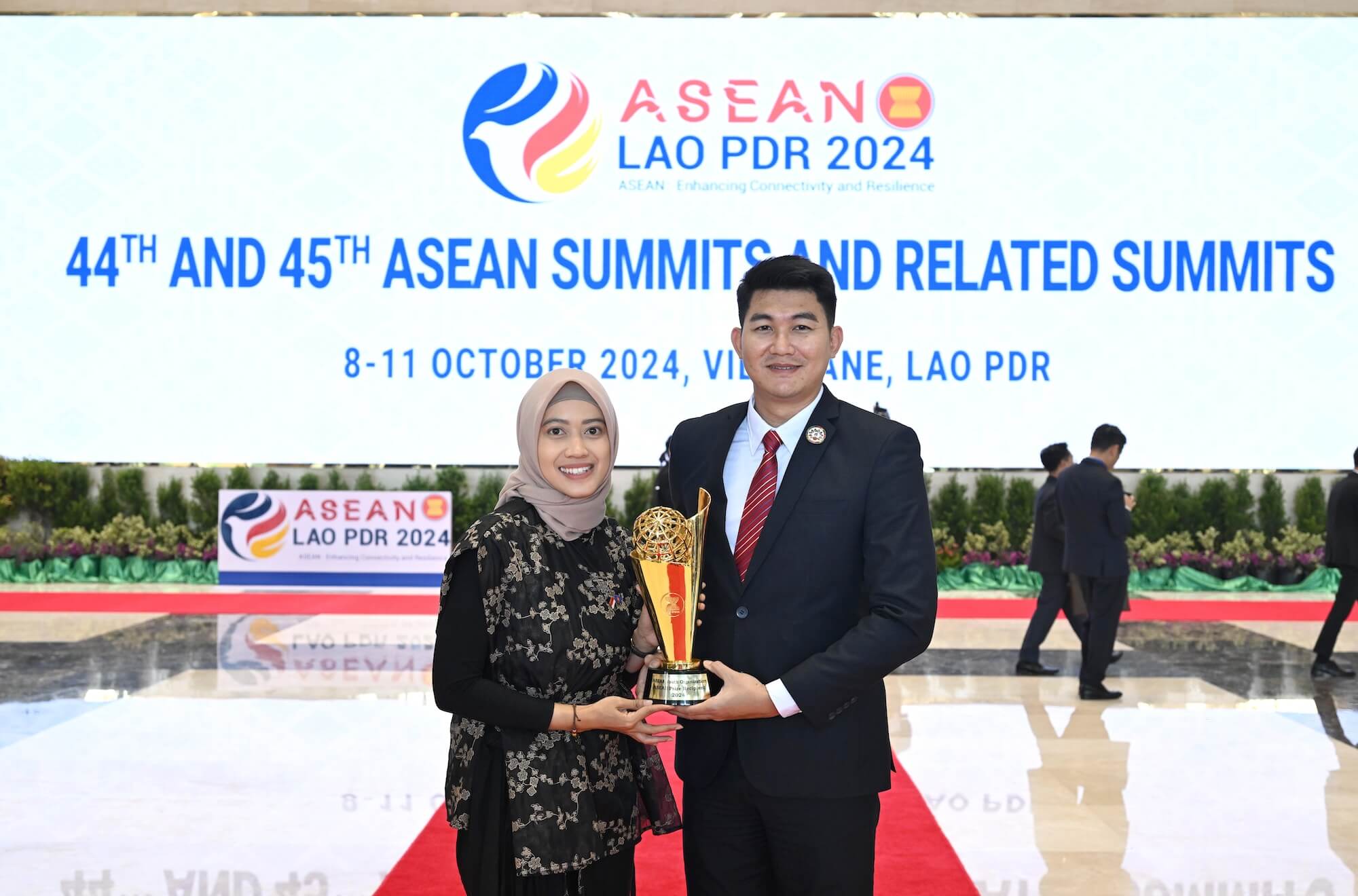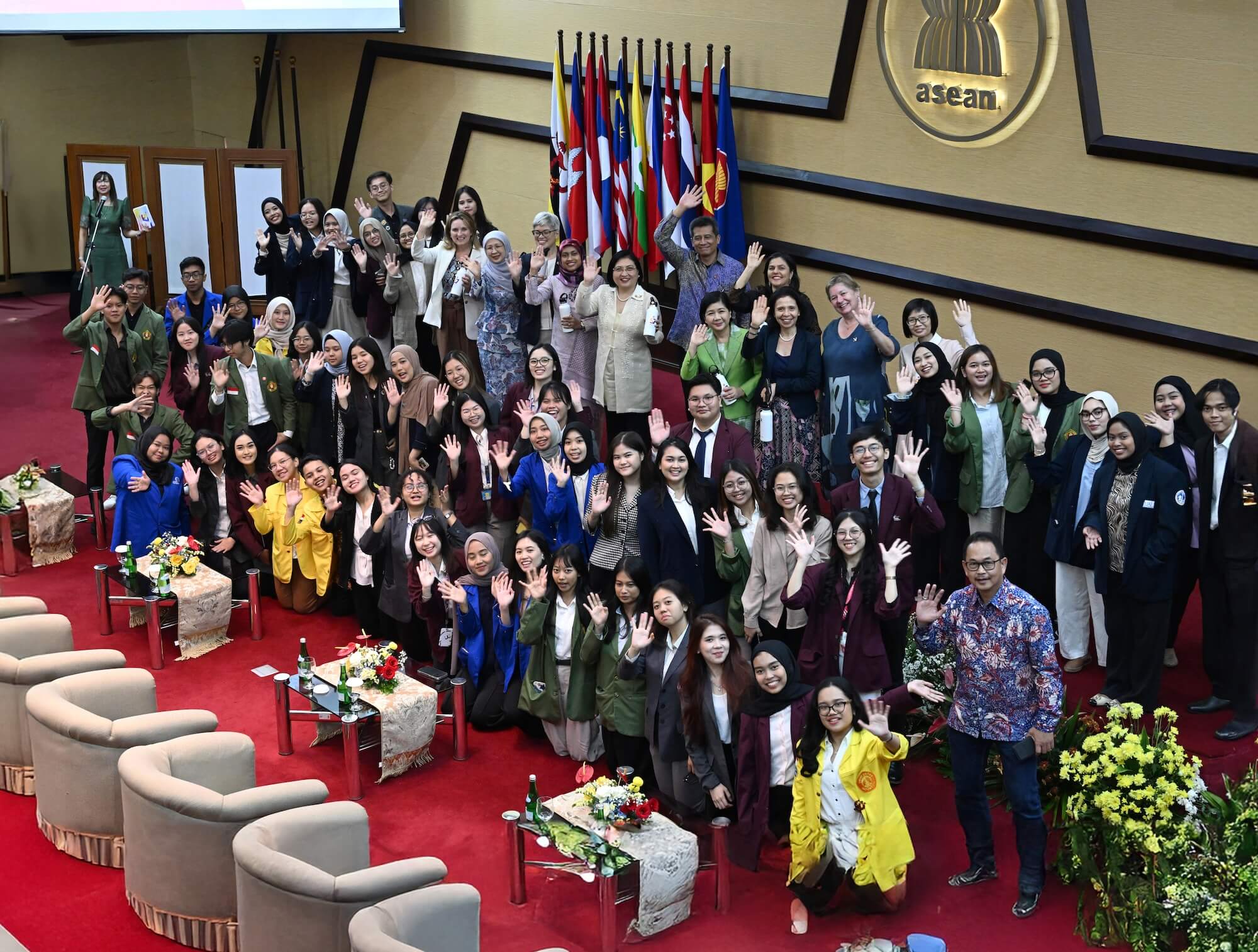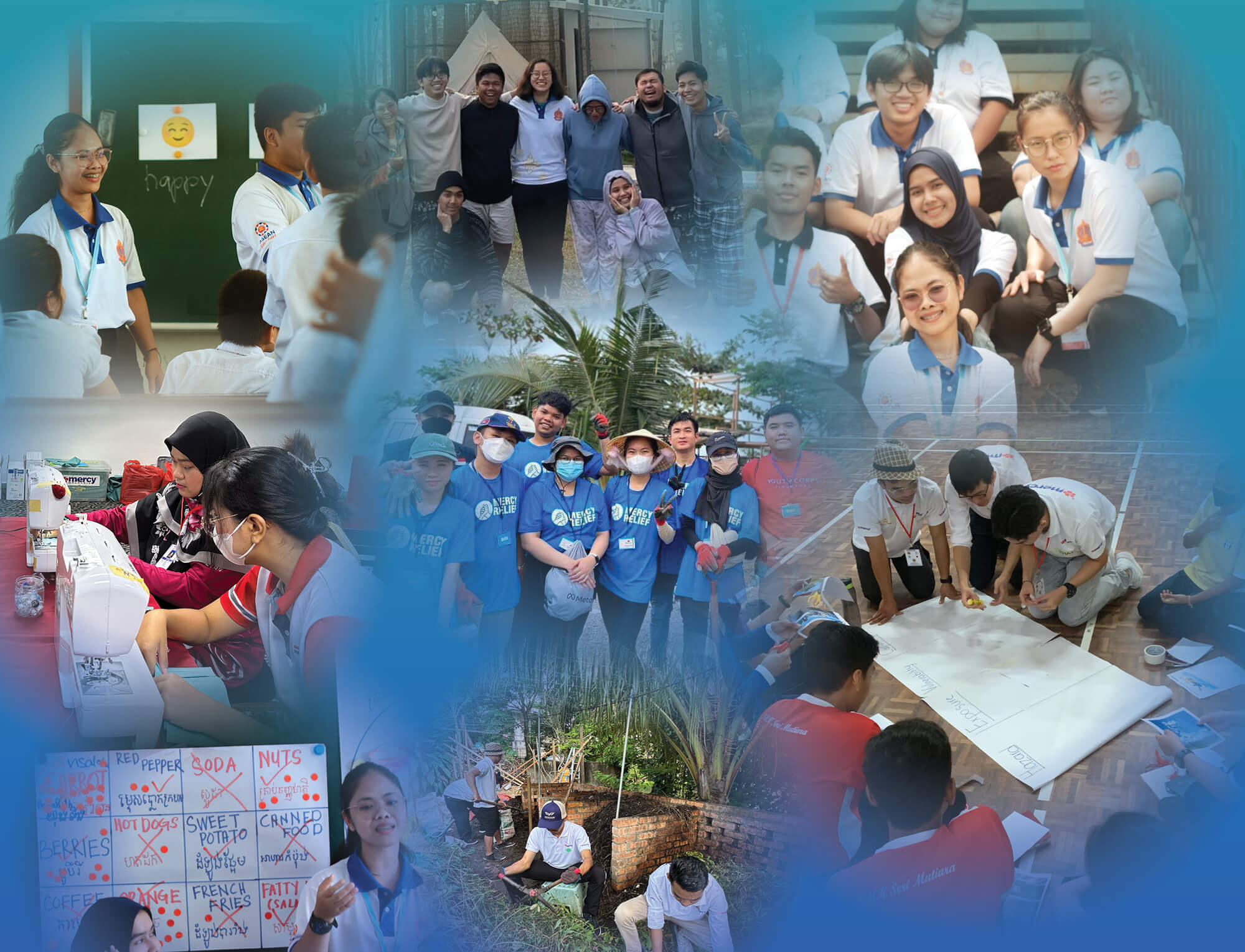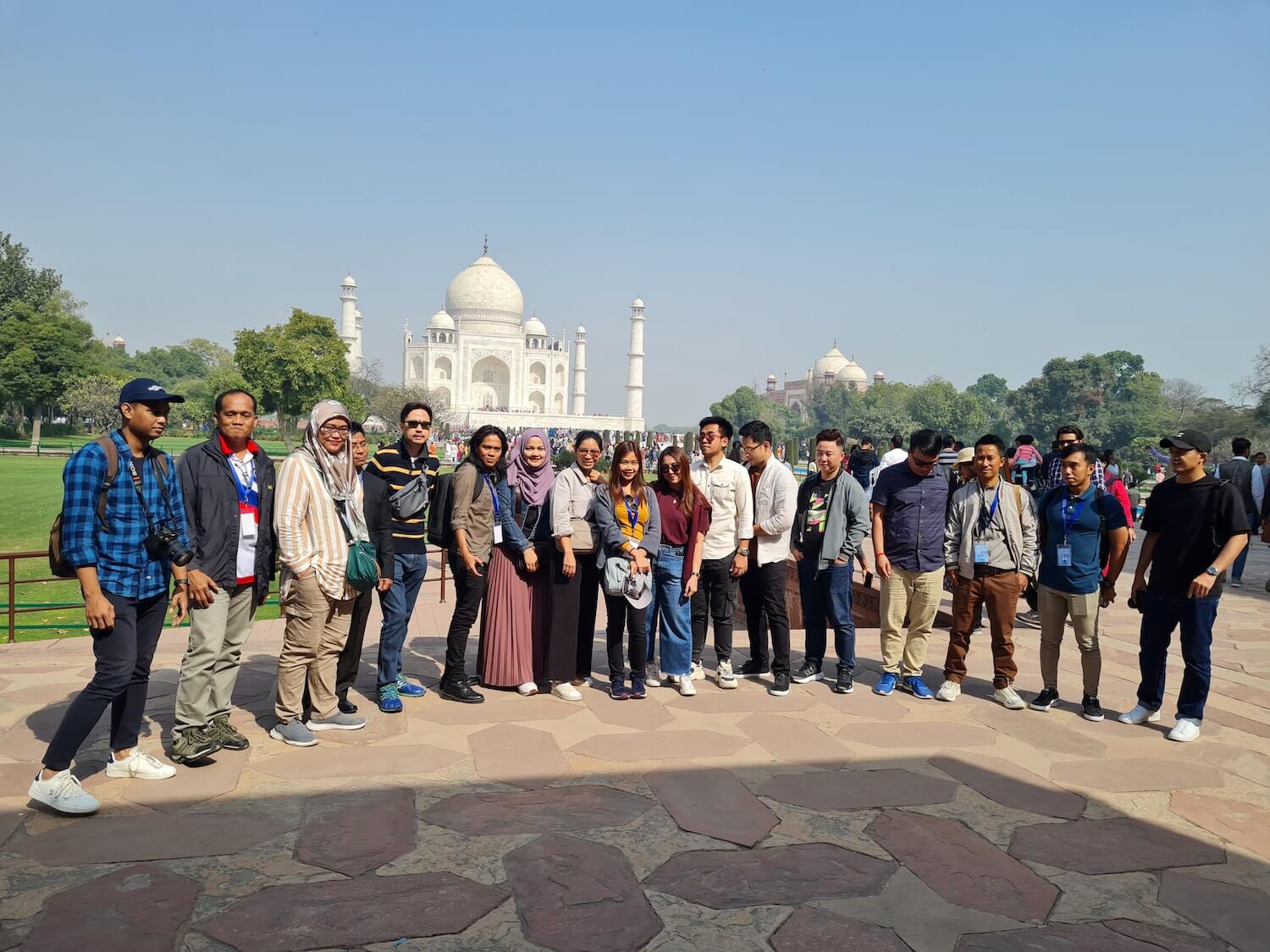



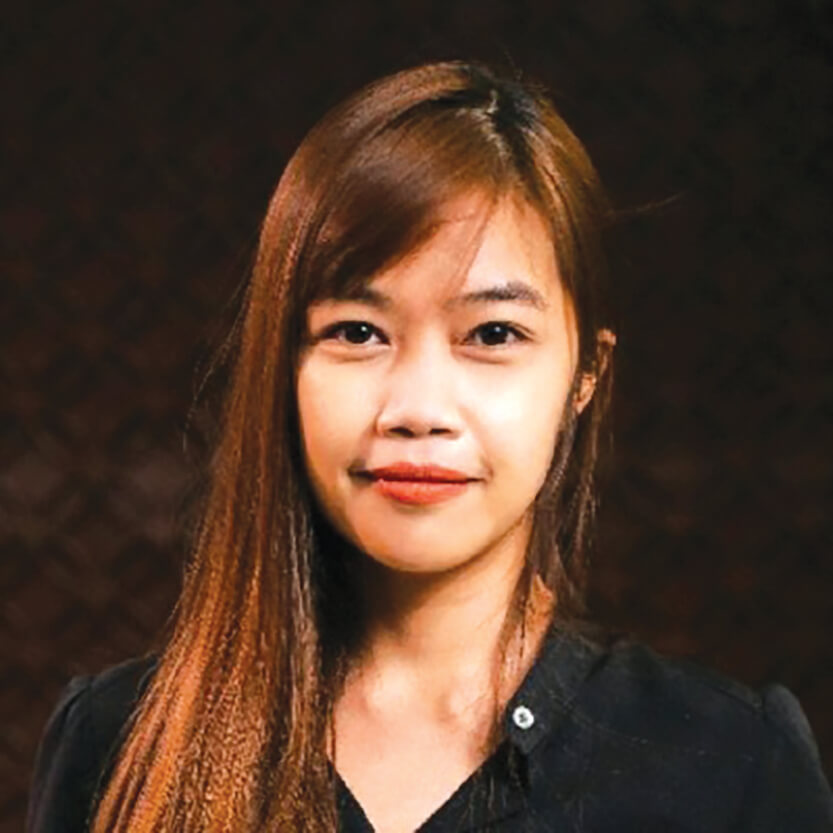
Sixteen journalists and media officials from Brunei Darussalam, Cambodia, Indonesia, Malaysia, Myanmar, the Philippines, Thailand, and Viet Nam travelled to New Delhi and Hyderabad, India, between 9 and 15 February 2023 as part of the ASEAN-India Media Exchange Programme 2018-2024.
The programme has two components: a visit of ASEAN journalists to India and a reciprocal visit of Indian journalists to ASEAN countries. They are conducted each year to familiarise journalists with issues surrounding the ASEAN- India relations and to promote people-to-people connection. The programme is supported by the ASEAN-India Fund.
Promoting cultural understanding through media exchanges has been one of the key priorities of ASEAN- India relations. This is articulated in the Plan of Action to Implement the ASEAN-India Partnership for Peace, Progress and Shared Prosperity (2021- 2025).
For most of the participating journalists and media officials, the visit to India was their first. They welcomed the prospect of learning about India’s socio-economic development from officials and leading businesses in India and gaining experience in covering India. The visit coincided with the 4th ASEAN-India Youth Summit, giving the journalists an opportunity to write stories about youth’s perspectives on and suggestions to enhance the cooperation between ASEAN and India in light of global developments.
During the New Delhi leg of the visit, the ASEAN journalists and media officials received a briefing on India’s G20 Presidency 2023 from the Ministry of External Affairs (MEA), including the history, structure, and key results of the previous G20 Summits as well as this year’s priorities. Thoughts were exchanged on how G20 could support ASEAN amidst global challenges and how the results of last year’s summit in Indonesia could be further advanced by the G20 Leaders.
Additionally, the journalists learned about the history of ASEAN-India relations from the MEA. One of the key takeaways was that the close civilisational links between ASEAN and India have not only laid a strong foundation for promoting people-to-people trust and cultural understanding, but also serve as a stepping-stone for the two sides to advance political-security and economic cooperation, especially in the digital sector where India has strong expertise.
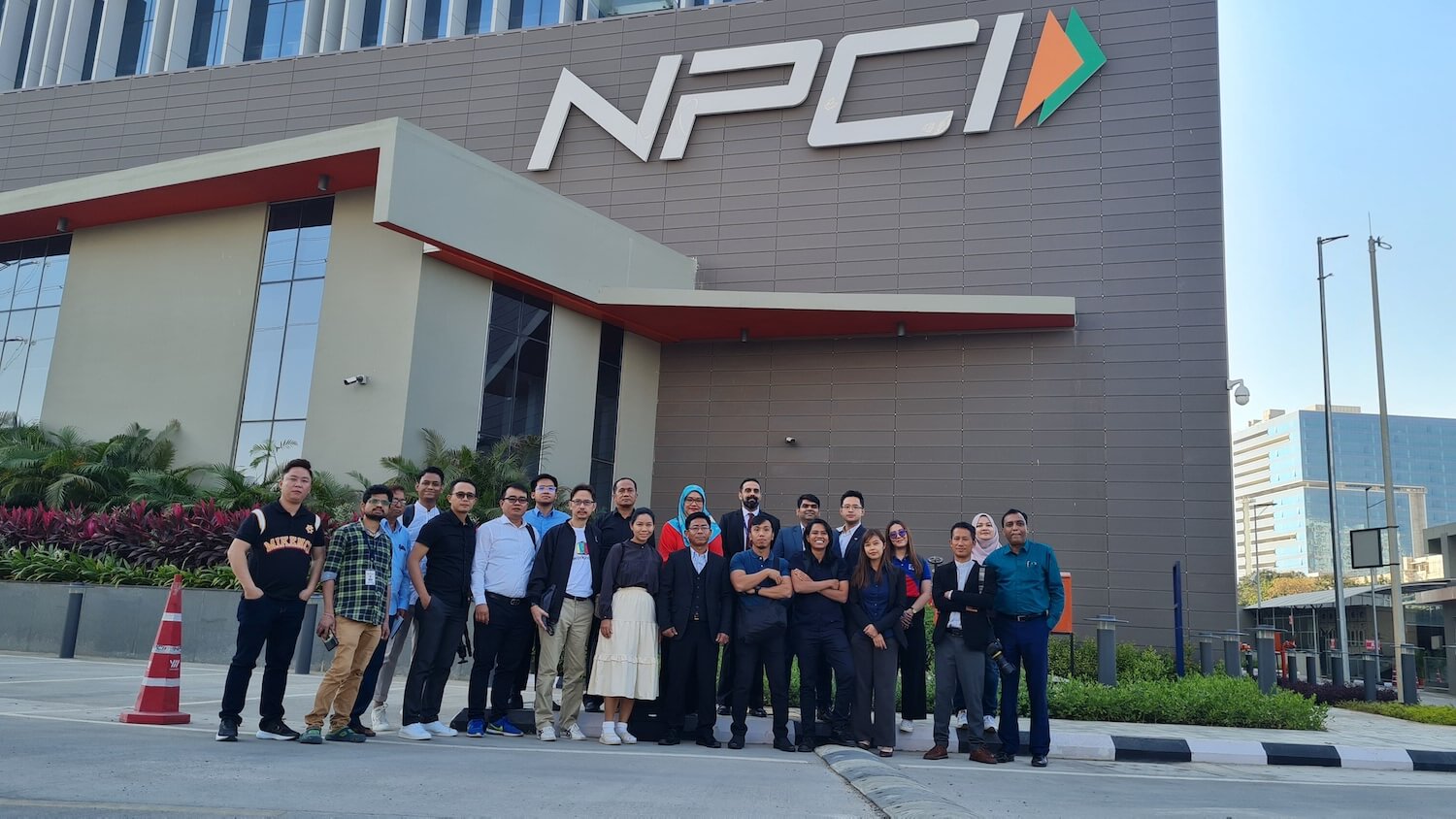
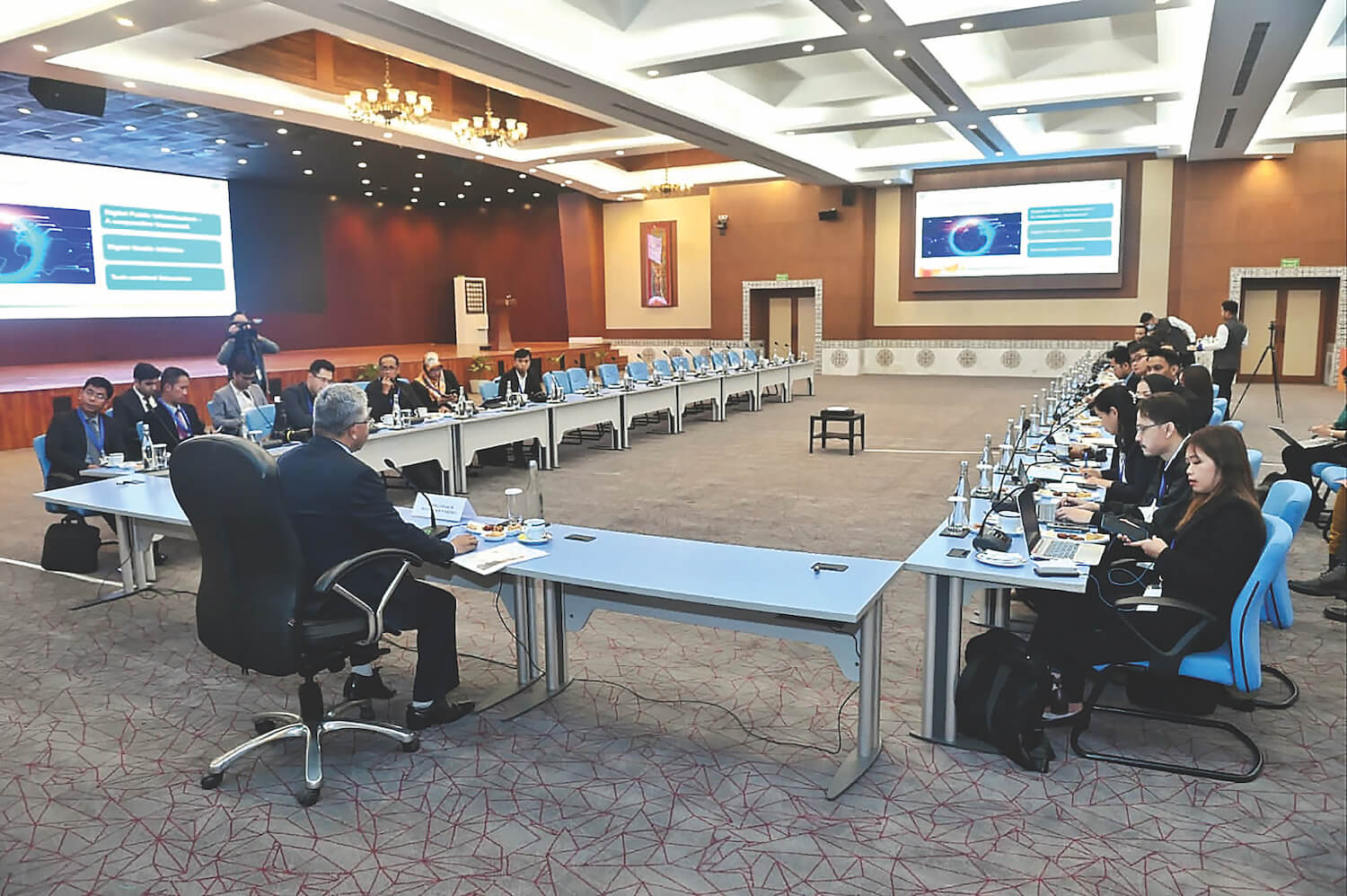
The visit to the Confederation of Indian Industry (CII), a non-government, not-for-profit, industry-led, and industry-managed organisation with approximately 9,000 members from the private and public sectors, meantime, gave journalists and media officials insights into India’s economy, the 5th largest in the world in 2022.
In Hyderabad, the journalists and media officials observed the inaugural session of the 4th ASEAN-India Youth Summit held on 12-16 February 2023. They also visited India’s three leading companies that represent case studies of India’s success in film, healthcare, and financial industries. These include the Ramoji Film City which was certified by the Guinness World Records as the world’s largest film studio complex; the Bharat Biotech, India’s leading biotechnology company which manufactures COVID-19 vaccine “COVAXIN” and other vaccines including the eco-friendly recombinant Hepatitis-B vaccine, the Rotavirus vaccine, and the Typhoid Conjugate vaccine; and the National Payments Cooperation of India, an umbrella organisation for operating retail payments and settlement systems that integrated the use of technology for achieving greater efficiency in operations and widening the reach of payment systems. Throughout these engagements, they learned about how the companies tackled rising challenges, such as digital transformation and public health emergencies.
ASEAN journalists and media officials also went to see the Taj Mahal, Shilparamam arts and crafts village, and Salar Jung Arts Museum. They likewise socialised with Indian journalists and government officials, and the ASEAN diplomatic officials based in India to exchange thoughts on several issues.
The participants appreciated the contacts and ties they have formed through the programme.
“We have met a lot of people in the area of communications from the India side; it is not easy to get a chance to connect and to get to know them,” said Sukanda Kaewwanurak, a media official from Thailand. “I hope that I can exchange (views) with them more when I get the chance to come back to India again.”
This view was echoed by Merry Ann Bastasa, a journalist from the Philippines who also appreciated the opportunity to get connected to fellow journalists. “I have been surrounded by many journalists from several countries, both from ASEAN neighbours and India, and I got to see their points of view. What struck me the most is the big similarity between ASEAN cultures and India, such as how we value our family, our warmth, and hospitality.”
The participants also noted that the first-hand experience will come in useful, particularly in synthesising information and delivering better analysis in their news reports.
Nguyen Tien Anh, a journalist from Viet Nam who has a strong passion in business and economic issues, said that the visit was important for him to gain more information and to have deeper analysis about the relationship between ASEAN countries and other countries, especially India. “With this trip, I learned about life in India. I saw the differences between provinces and cities in India and the differences between rich and poor societies in India. Now, I know how to deliver my message in stories, how to write about India, and how to truly understand the issues.”
According to the programme participants, ASEAN should continue enhancing cooperation with dialogue partners such as India in the area of media-to-media engagement. This could serve as a platform for journalists to exchange knowledge and know-how related to their work, such as on how to use digital technology to bring the news to the people.
“We need an information mechanism for media to learn about news and updates from other countries,” said Anh. “Finding information on the internet is easy for everyone, but the connection and opportunity to engage with other people in ASEAN remain the primary means to deeply understand what is happening in other countries and b ild people-to-people understanding.”




